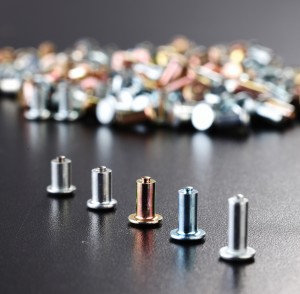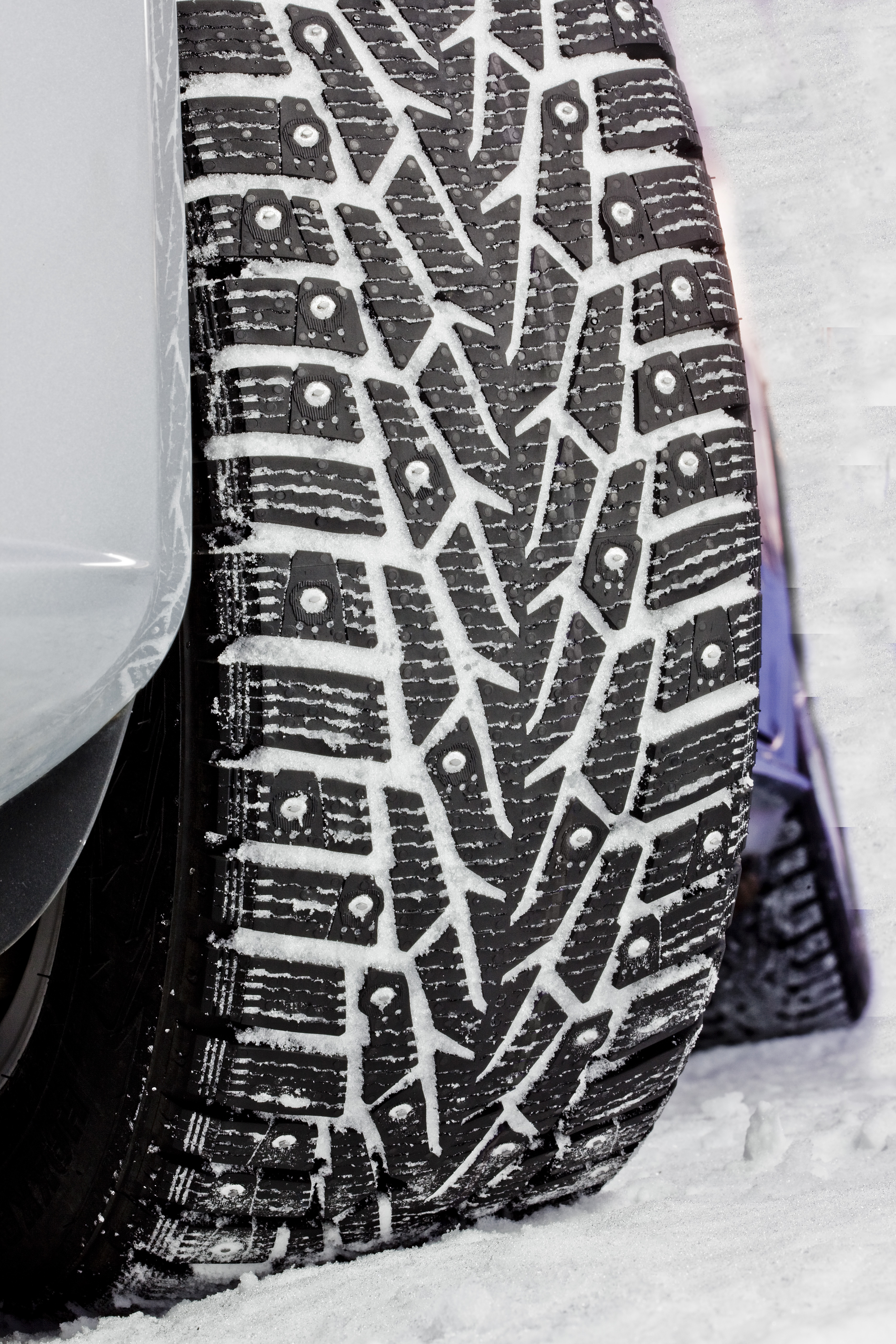The Proper Use of Tire Studs: Enhancing Winter Driving Safety
Winter driving can be a daunting experience, especially in regions where snow and ice are prevalent. One of the most effective ways to improve vehicle traction and ensure safety on icy roads is the use of tire studs. These small metal protrusions embedded in tires provide additional grip, reducing the risk of skidding and accidents. However, the proper use of tire studs is crucial to maximize their benefits and minimize potential drawbacks. This article delves into the intricacies of tire studs, their advantages, and guidelines for their appropriate use.
Understanding Tire Studs
Tire studs are small, hard metal pins that are inserted into the tread of winter tires. They are typically made of tungsten carbide, a material known for its durability and resistance to wear. The primary function of tire studs is to dig into ice and packed snow, providing enhanced traction and stability. This makes them particularly useful in regions with harsh winter conditions.
Two Types of Tire Studs
1. Factory-Installed Studs: These are pre-installed by the tire manufacturer and are designed to work optimally with the tire's tread pattern.
2. Aftermarket Studs: These can be added to compatible tires after purchase. They offer flexibility but require careful installation to ensure effectiveness.

Advantages of Using Tire Studs
1.Enhanced Traction
The most significant advantage of tire studs is the improved traction they provide on icy and snowy surfaces. This can be a lifesaver in winter conditions, reducing the likelihood of skidding and helping drivers maintain control of their vehicles.
2.Shorter Braking Distances
Tire studs can significantly reduce braking distances on icy roads. This is crucial in emergency situations where every inch counts. The added grip allows for more effective braking, enhancing overall safety.
3.Improved Handling
With better traction comes improved handling. Tire studs help maintain vehicle stability, making it easier to navigate turns and curves on slippery roads. This can be particularly beneficial for drivers who are not accustomed to winter driving conditions.
The Proper Use of Tire Studs
While tire studs offer numerous benefits, their effectiveness depends on proper use. Here are some guidelines to ensure you get the most out of your studded tires:
1. Know the Regulations
Before installing tire studs, it's essential to be aware of local regulations. Some regions have specific laws regarding the use of studded tires, including restrictions on when they can be used and where. For example, in some areas, studded tires are only permitted during certain months of the year to minimize road damage.
2. Choose the Right Tires
Not all tires are designed to accommodate studs. It's crucial to select winter tires that are specifically designed for studding. These tires have pre-drilled holes in the tread where the studs can be inserted. Using the wrong type of tire can lead to poor performance and potential safety hazards.
3. Proper Installation
If you're opting for aftermarket studs, proper installation is key. It's recommended to have them installed by a professional to ensure they are inserted correctly and securely. Improperly installed studs can become dislodged, reducing their effectiveness and potentially causing damage to the tire.
4. Break-In Period
Newly studded tires require a break-in period to ensure the studs are properly seated. During the first 200-300 miles, it's important to drive at moderate speeds and avoid aggressive maneuvers. This allows the studs to settle into the tire tread, enhancing their performance and longevity.

5. Regular Inspection
Regularly inspect your studded tires for wear and tear. Over time, studs can become worn down or dislodged, reducing their effectiveness. If you notice any issues, it's important to address them promptly to maintain optimal performance.
6. Use in Appropriate Conditions
Tire studs are designed for use on icy and snowy roads. Using them on dry or wet pavement can cause excessive wear on both the studs and the road surface. It's important to monitor weather conditions and switch to non-studded tires when appropriate.
7. Drive Responsibly
While tire studs provide enhanced traction, they are not a substitute for safe driving practices. It's important to drive at appropriate speeds for the conditions and maintain a safe following distance. Studded tires can help improve safety, but they cannot eliminate all risks associated with winter driving.
Potential Drawbacks of Tire Studs
While tire studs offer numerous benefits, there are some potential drawbacks to consider:
Road Damage
One of the primary concerns with tire studs is the potential for road damage. The metal studs can wear down road surfaces, leading to increased maintenance costs. This is one reason why some regions have restrictions on their use.
Noise
Studded tires can be noisier than non-studded tires, particularly on dry pavement. This can be a consideration for drivers who prioritize a quiet ride.
Limited Use
Tire studs are most effective on icy and snowy roads. In milder winter conditions or on dry pavement, their benefits are reduced, and they can cause unnecessary wear on the road and the tires themselves.
Alternatives to Tire Studs
For drivers who are unable to use tire studs due to regulations or personal preference, there are alternative options to consider:
Studless Winter Tires
Studless winter tires are designed to provide excellent traction on snow and ice without the use of metal studs. They use advanced rubber compounds and tread designs to enhance grip and stability.
Tire Chains
Tire chains can be an effective alternative for extreme winter conditions. They provide excellent traction on ice and deep snow but are typically used for short distances and at lower speeds.
All-Weather Tires
All-weather tires offer a compromise between winter and summer tires. They provide decent performance in a variety of conditions, making them a good option for regions with mild winters.
Post time: Sep-19-2024





